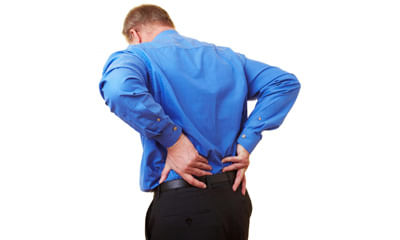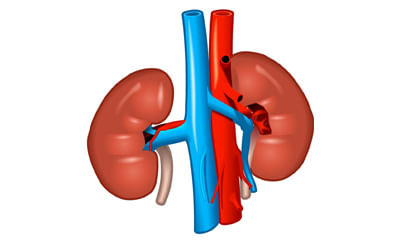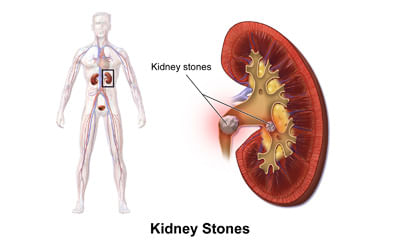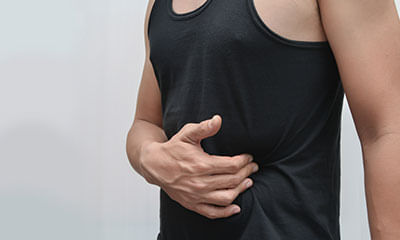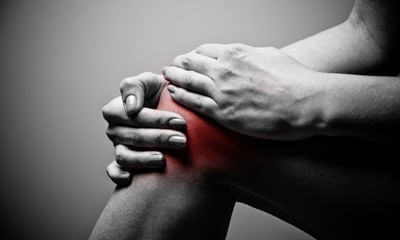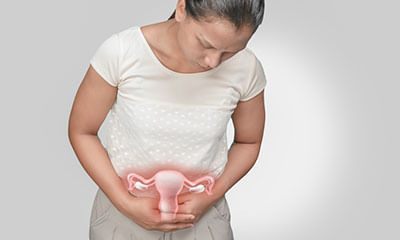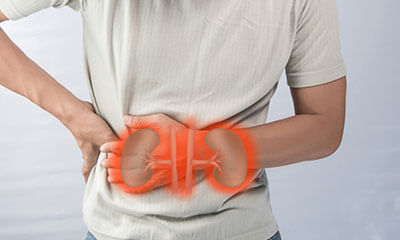Right Kidney Larger Than Left
I'm 22 years from ghana. I always feel movement around my left rib cage anytime I swallow food. Please is it normal? I s ...
Ask Free Question
The chest is a muscle group you might have heard referred to by one catchall name: the pectorals, a.k.a. The pecs. There are actually two muscles that make up your pecs, the pectoralis major and pectoralis minor. The pectoralis major is larger, as the name implies, and is superior (or located above) to the pectoralis minor, is smaller and located below the pec major. The pec major is tasked with adduction of the arm (movement in toward the body) and rotation of the arm forward, along with assisting other muscles in pulling the trunk up when your arms are above your head. The pec minor helps to move your ribs and shoulders. The serratus anterior and subclavius are also chest muscles, which rotate the scapula and anchors and depresses the clavicle, respectively. The benefits of training your chest muscles aesthetics better posture increased strength your chest is a fairly large muscle group, so you'd be hard-pressed to ignore it. Still, the benefits of chest training are important to keep in mind: not only will a well-developed chest have aesthetic benefits in terms of how your shirts fit and how you'll look without one, you'll also see postural benefits (just make sure to balance out your chest day with back training, too). You'll also be stronger anytime you need to push or swing using your arms. 1.Stand tall with your feet together. 2.Hold the end of a towel or exercise band in each hand, with your arms behind your body. 3.Use the towel or band to help move your shoulder blades together and open your chest. This will cause you to look toward the ceiling. 4.Hold this pose for up to 30 seconds. 5.Repeat 3–5 times.
I facing kidney stones issue from last 5 year every I didn't find large stone not more then 8 mm, still I am facing lot ...
Ask Free Question
There are very effective treatment avilable in ayurveda for tebal stone ,send me your reports on my profile by private consultation on my profile, after seen your report I will suggest best for you.
My child is 5 years of age he having kidney stones in both right and left kidney at mid pole, size 2.5 mm. Also usg sugg ...
Ask Free Question
Sincere suggestions is to visit a urologist in person. Please refrain from medical advices on online platforms. Childâs body is delicate.
I have kidney stone of 11*6 mm in left kidney. I want to know what is the actual size of my stone and will it be possibl ...
Ask Free Question
No left kidney stone will not affect right. 1. Stay hydrated 2. Eat more calcium-rich foods 3. Eat less sodium 4. Eat fewer oxalate-rich foods-- foods high in oxalates are: spinach, chocolate, sweet potatoes, coffee, beets, peanuts, rhubarb, soy products, wheat bran. 5. Eat less animal protein 6. Avoid vitamin c supplements 7. Maintaining a healthy body weight 8. Reducing alcohol intake 9. Avoiding excessive caffeine consumption 10. Avoiding sugary drinks homeopathic medicines have good results. Consult online with details.
Age: 54 gender :- male right kidney: right kidney shows compensatory hypertrophy (101x 50 mm). There is normal cortical ...
Ask Free Question
The report says that your left kidney is not in position and it has started degrading in size and function. And to compensate it's loss of function the right kidney has gotten big. There is stone also in left kidney. I suggest to take proper homoeopathic treatment. You can consult me at Lybrate for homoeopathic treatment.
Im 16 years old I have got a knee pain for the past 5 weeks I took calcium and vitamin d3 as I thought it was from lack ...
Ask Free Question
Risk factor a combination of factors may contribute to the development of patellar tendinitis, including: physical activity. Running and jumping are most commonly associated with patellar tendinitis. Sudden increases in how hard or how often you engage in the activity also add stress to the tendon, as can changing your running shoes. Tight leg muscles. Tight thigh muscles (quadriceps) and hamstrings, which run up the back of your thighs, can increase strain on your patellar tendon. Muscular imbalance. If some muscles in your legs are much stronger than others, the stronger muscles could pull harder on your patellar tendon. This uneven pull could cause tendinitis. Chronic illness. Some illnesses disrupt blood flow to the knee, which weakens the tendon. Examples include kidney failure, autoimmune diseases such as lupus or rheumatoid arthritis and metabolic diseases such as diabetes. Complications if you try to work through your pain, ignoring your body's warning signs, you could cause increasingly larger tears in the patellar tendon. Knee pain and reduced function can persist if you don't tend to the problem, and you may progress to the more serious patellar tendinopathy. Prevention to reduce your risk of developing patellar tendinitis, take these steps: don't play through pain. As soon as you notice exercise-related knee pain, ice the area and rest. Until your knee is pain-free, avoid activities that put stress on your patellar tendon. Strengthen your muscles. Strong thigh muscles are better able to handle the stresses that can cause patellar tendinitis. Eccentric exercises, which involve lowering your leg very slowly after extending your knee, are particularly helpful. Improve your technique. To be sure you're using your body correctly, consider taking lessons or getting professional instructions when starting a new sport or using exercise equipment. Therapy a variety of physical therapy techniques can help reduce the symptoms associated with patellar tendinitis, including: stretching exercises. Regular, steady stretching exercises can reduce muscle spasm and help lengthen the muscle-tendon unit. Don't bounce during your stretch. Strengthening exercises. Weak thigh muscles contribute to the strain on your patellar tendon. Exercises that involve lowering your leg very slowly after extending it can be particularly helpful, as can exercises that strengthen all of the leg muscles in combination, such as a leg press. Patellar tendon strap. A strap that applies pressure to your patellar tendon can help to distribute force away from the tendon and direct it through the strap instead. This may help relieve pain. Iontophoresis. This therapy involves spreading a corticosteroid medicine on your skin and then using a device that delivers a low electrical charge to push the medication through your skin. Platelet-rich plasma injection. This type of injection has been tried in some people with chronic patellar tendon problems. Studies are ongoing. It is hoped the injections might promote new tissue formation and help heal tendon damage.
I have a kidney stone in my upper ureter just below kidney opening. It's size is 9*4 mm with density of 974. I wanted th ...
Ask Free Question
Yes it is possible. Drink at least twelve glasses of water daily drink citrus juices, such as orange juice eat a calcium-rich food at each meal, at least three times a day limit your intake of animal protein eat less salt, added sugar, and products containing high fructose corn syrup avoid foods and drinks high in oxalates and phosphates avoid eating or drinking anything which dehydrates you, such as alcohol. Homeopathic medicines have good results. Consult online with details.
I am suffering from b/l flank pain and burning sensation while passing urine. Sonography reports show few renal cyst and ...
Ask Free Question
You should consult urologist and go as per his advice. Meanwhile you can consult me at Lybrate for homoeopathic treatment and further guidance.
Hi, My wife getting little pain in left kidney. we sonography it shows left ovary is bulky a large crytisic lesion (56 m ...
Ask Free Question
Take bell3c 3tims day for 10 days apis mel 12c 3tims day for 10 days kali brom 6c 3tims day for 10 days sepia 12c 3tims day for 10 days nux v 1m once.
Recently did a WA USB. And few results seems concerning. Please help me understand the results. * KIDNEY- left: normal i ...
Ask Free Question
According to usg you have ureteric stone size is not large but it affect the renal system use plenty fluid of water there is a chance to pass out with urine get rpt usg after sometimes.

